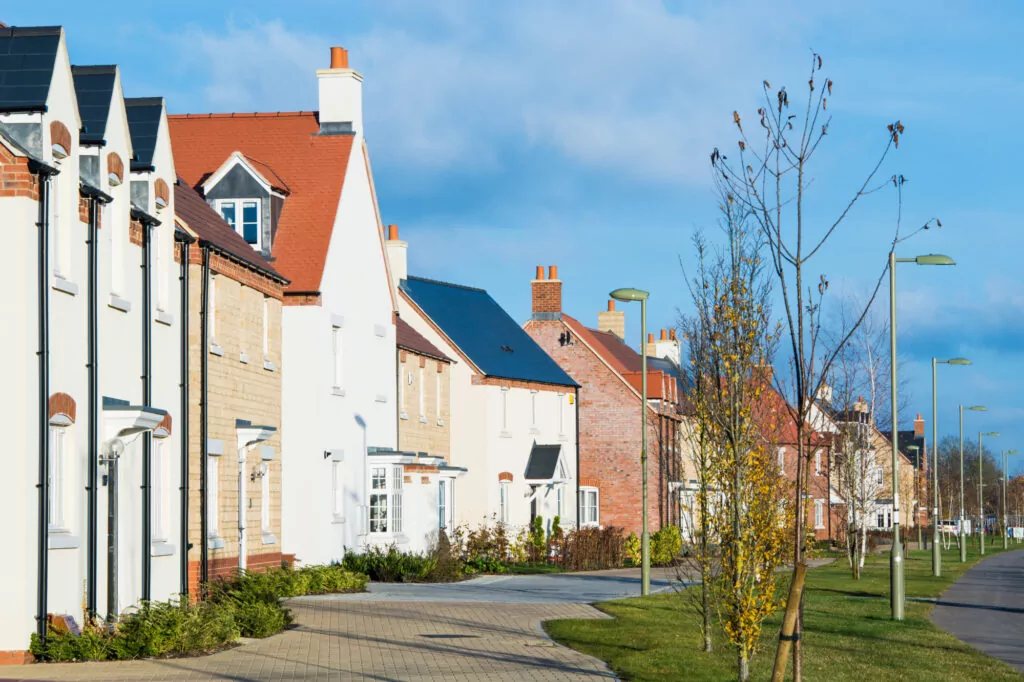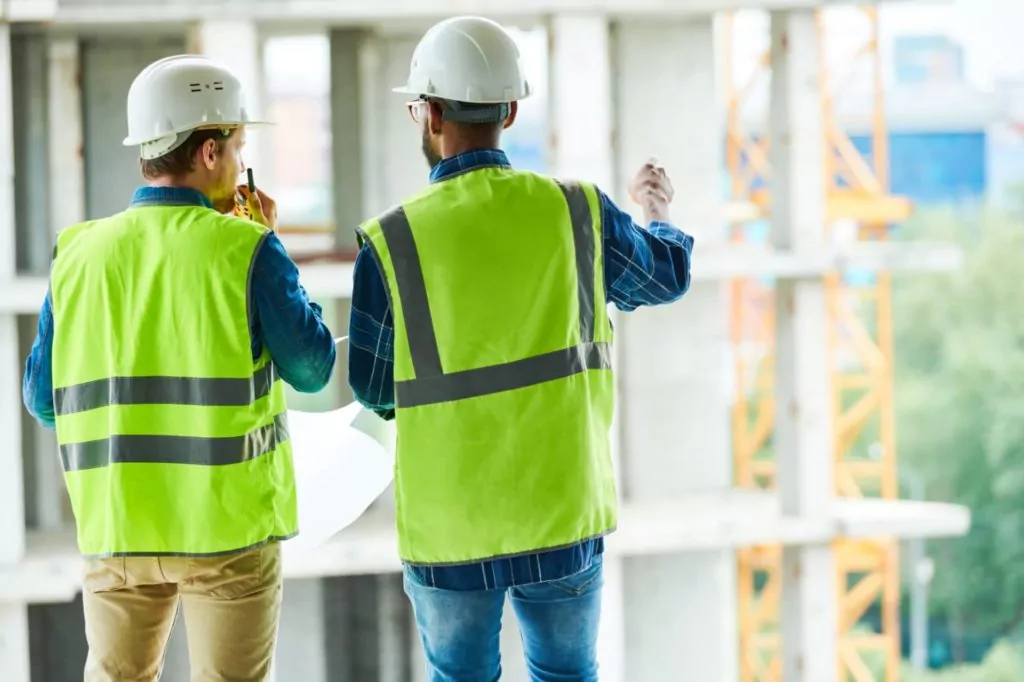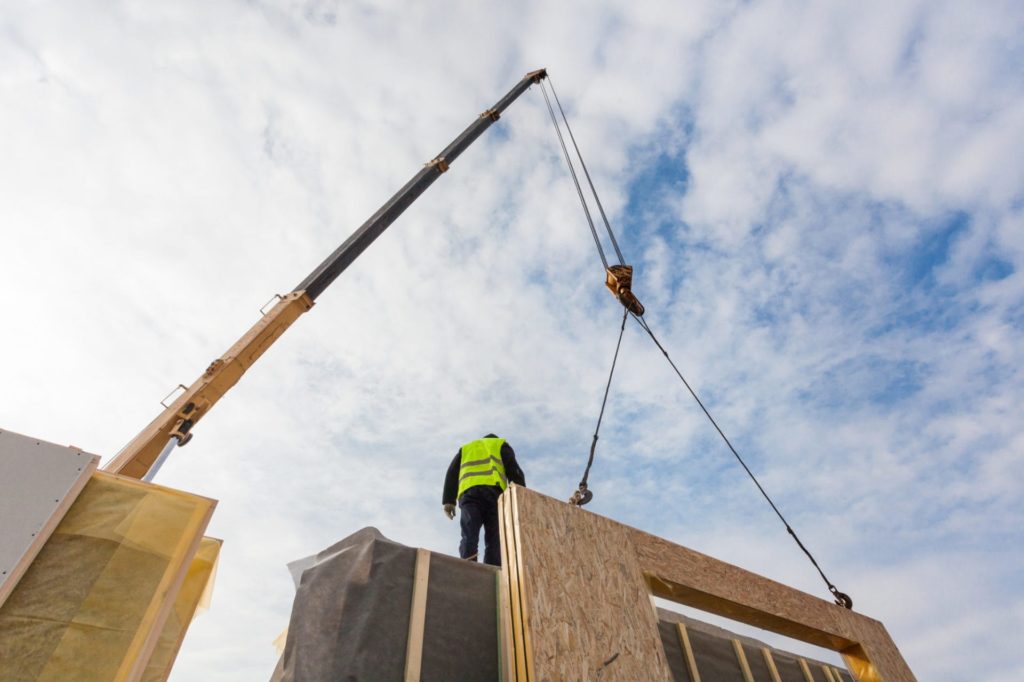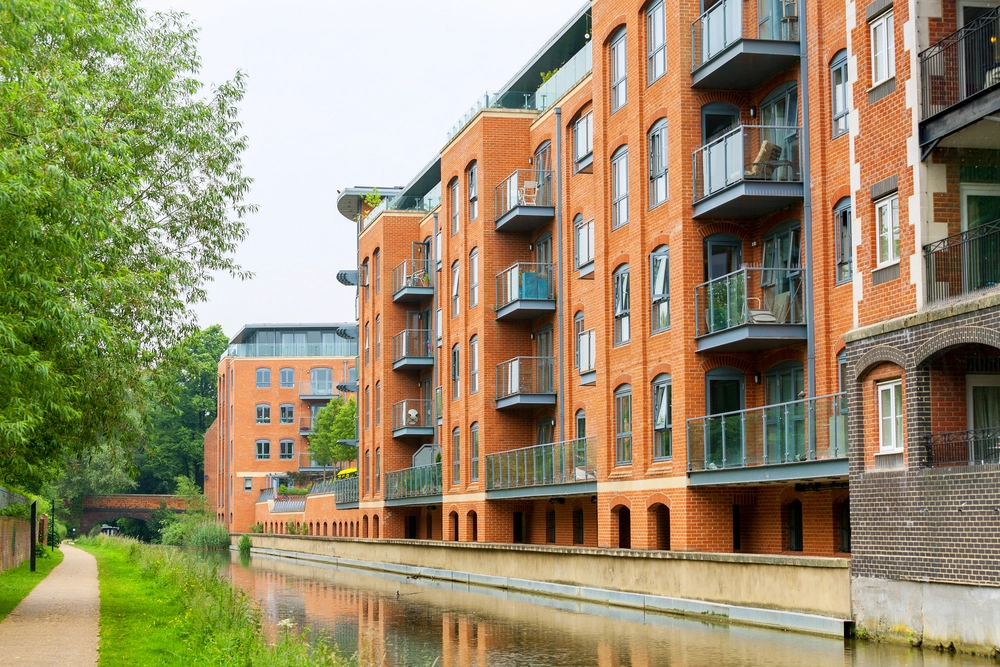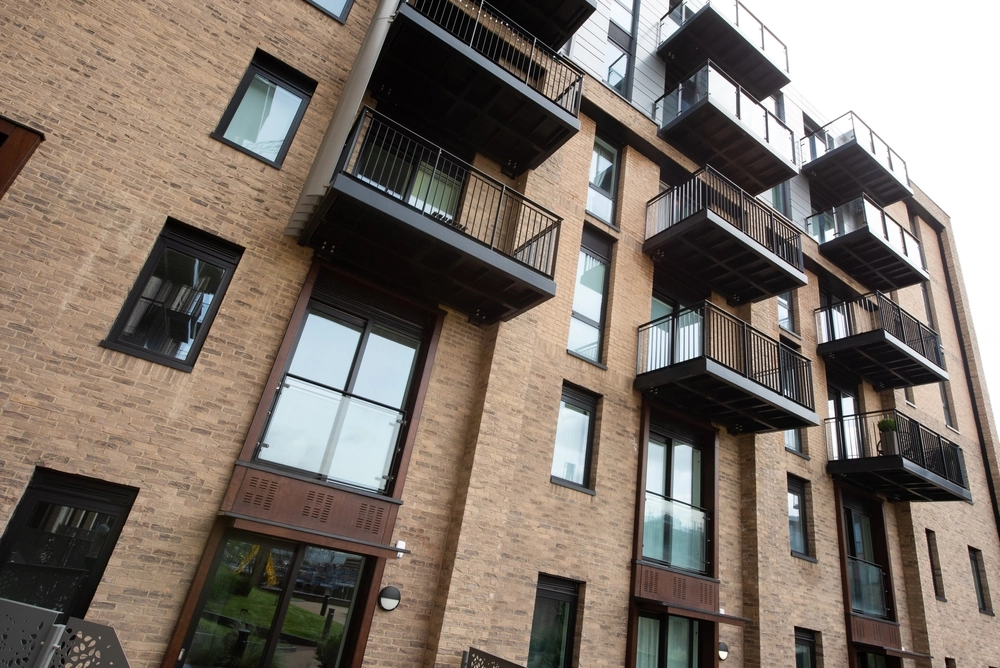
Deadline approaching: Act now to register higher risk buildings under the Building Safety Act 2022

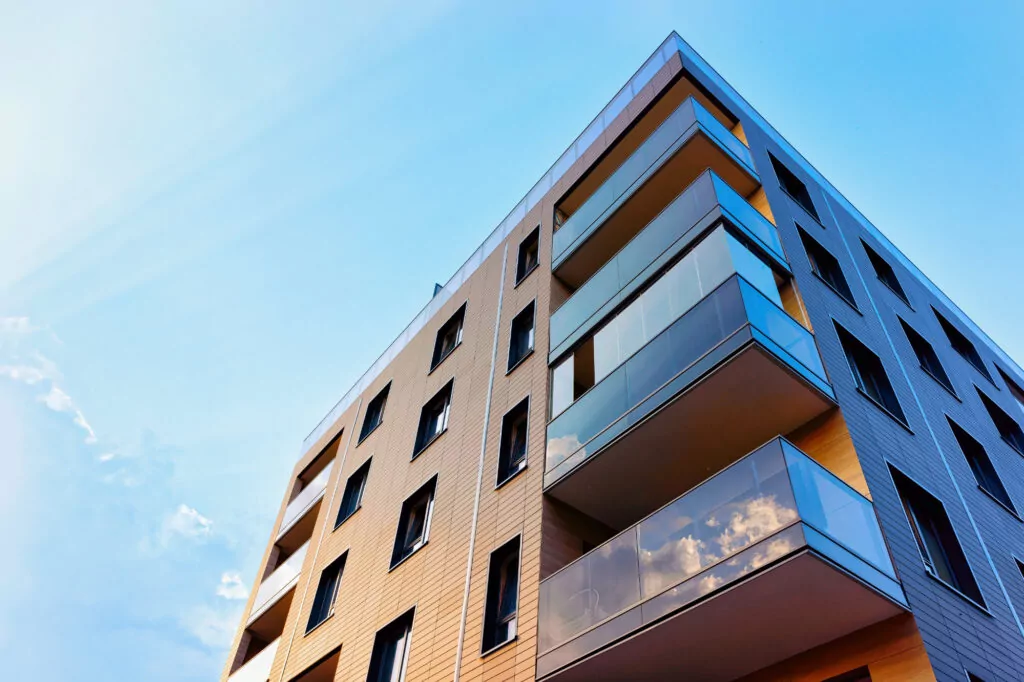
By now, owners of higher-risk buildings should be all too aware of the complexities of the Building Safety Act 2022 (the Act) and the supplemental regulations which have been introduced. However, they may not know that they are required to take action by the end of September 2023.
What is a higher-risk building?
A higher-risk building, in the context of the ongoing obligations of the accountable person in occupied buildings, refers to a building which is over 18 metres or 7 storeys in height and comprises two or more residential units.
It excludes a secure residential institution, a hotel or military barracks and does not include care homes and hospitals (which, once occupied, are workplaces rather than dwellings).
This is not to be confused with other definitions of higher-risk buildings in the legislation used when dealing with the leaseholder protection in relation to building safety defects of existing buildings and those provisions which deal with the design and construction phase of new buildings.
The "principal accountable person"
The accountable person is a role created by the Act, which sets out various obligations that they must comply with. The accountable person is defined as the person who is required, under a lease or statute, to repair any of the common parts of the building.
This will normally be the landlord or a superior landlord. If there is no person with a repairing obligation for the common parts, the accountable person is the person who has the legal estate in possession of any part of the common parts of the building.
The principal accountable person is the accountable person (if there is only one such person) or if there is more than one accountable person, whoever owns or has a legal obligation to repair the structure and exterior of the building.
Why is this important now?
Under the Act, the Building Safety Regulator will oversee the safety and standards of all buildings and implement the new framework to regulate higher risk buildings. The Building Safety Regulator sits within the Health and Safety Executive.
One aspect of its oversight is maintaining a register of every higher-risk building in England.
Register now
The register opened on 12 April 2023 and is now up and running. Importantly, the principal accountable person for each higher-risk building has until the end of September 2023 to register their building to avoid a criminal offence.
It is unclear how long the registration process takes so we recommend submitting the application as soon as possible. There is a registration fee of £251 per building.
The Building Safety Regulator will require information about the building in question, such as address, date of completion and the number of residential units. In addition, 'key building information' about for example the construction of the building, the number of staircases and methods of insulation will be required.
The application can be submitted online. The Government has published guidance on the 'key building information', which can be found on its website.
We can help
Our development lawyers are advising clients on many aspects of the Building Safety Act. Applying our regulatory experience from many years defending health and safety cases, we have worked with clients to de-mystify certain key provisions of the Act, specifically in relation to the role of the Building Safety Regulator.
We have also provided advice in relation to Developer Remediation contract negotiations, defective cladding claims (and recovery of costs), and for landlords and social housing providers on their obligations under the Act. If you require further advice in relation to the Building Safety Act 2022 please let us know.



